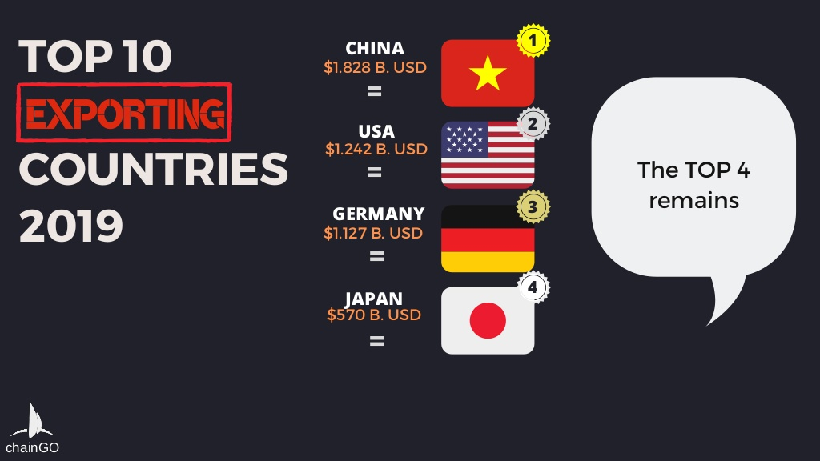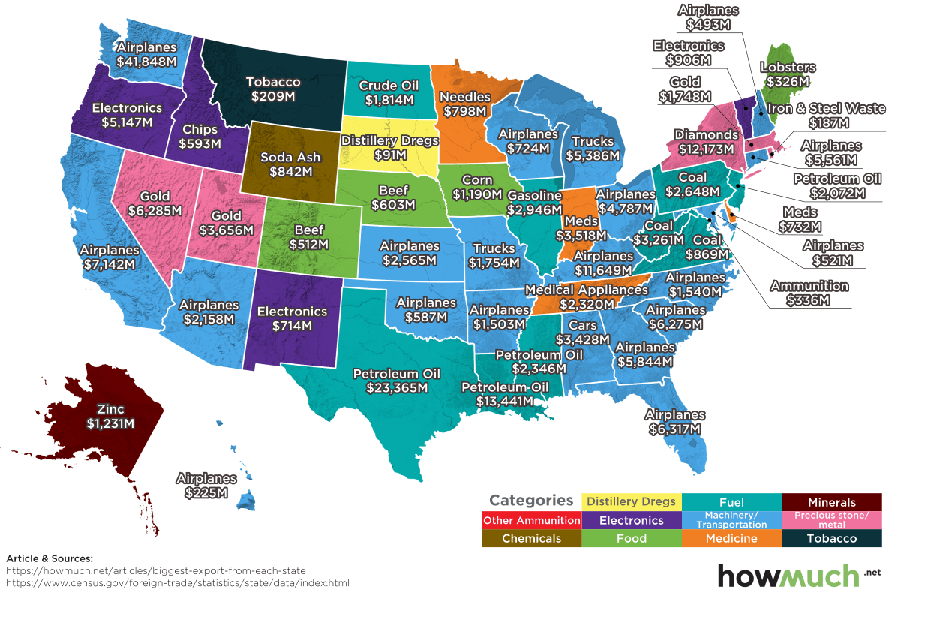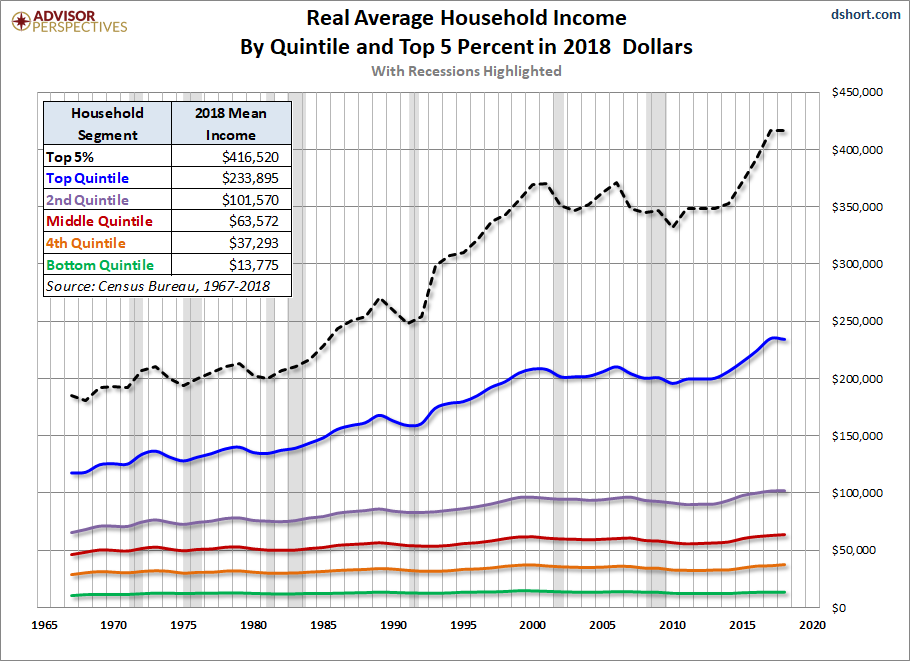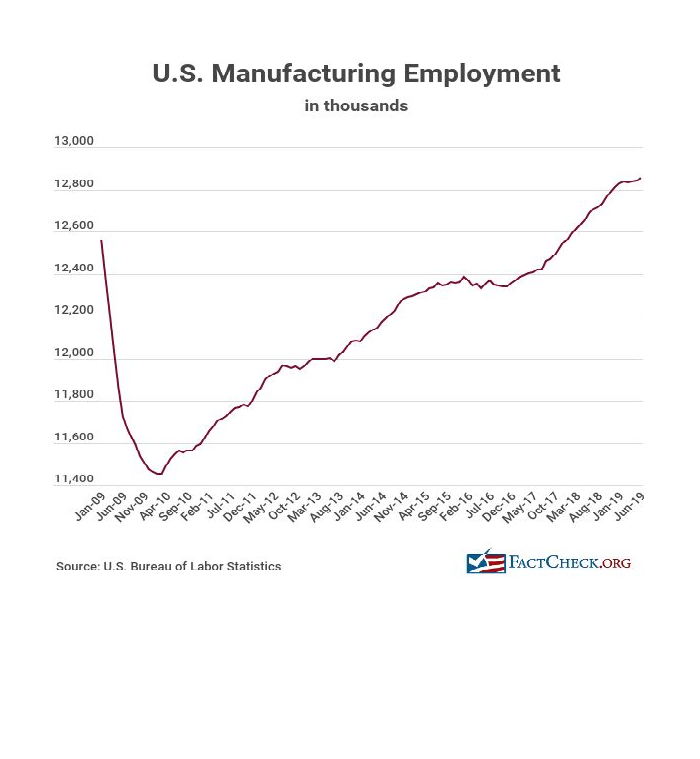In April 2017, the Manufacturing Leadership Council published its “Vision 2030: The Factory of the Future, which was a Frost & Sullivan White Paper sponsored by General Electric and Intel. In their vision, the factory of the future “will look like an integrated hardware and software system and “is highly automated and information-intensive… fueled by vast quantities of information from every corner of the enterprise and beyond, moderated by analytical systems that can identify and extract insights and opportunities from that information, and comprised of intelligent machines that learn, act, and work alongside highly skilled human beings in safe and collaborative environments.”
The key trends and developments of the factory of the future were identified as:
- “Digitization – transforming how manufacturers think about human capital management”
- “Modularization, with micro factories capable of mass customization using such technologies as 3D printing as well as digital manufacturing technologies”
- “Manufacturing innovation process will evolve to be more open and extended, with collaborative models that span internal as well as external constituencies”
- “Supply chains will become highly integrated, increasingly intelligent, and even self-managing”
- “New business models incorporating outcome-based services will emerge, enabling manufacturers to diversify their revenue streams and provide greater value to customers”
- “Cognitive computing and analytic techniques will enable production environments to self-configure, self- adjust, and self-optimize, leading to greater agility, flexibility, and cost effectiveness”
The paper also identified four categories of “Mega Trends” that will have implications for manufacturers over the next 15 years:
- Globalization/Urbanization/Regionalization/Uncertainty: Global economic forces are “creating shifts in how manufacturers must think about how they design their production and supply networks. As globalization provokes responses such as the erection of trade barriers and as urbanization and the growth of regional economies lead to a demand for localized products and rising labor costs even in previously low-cost areas, manufacturers must continuously recalibrate where and how they produce, whether they outsource, and how they serve emerging markets”
- Smart/Material/Open/Green: New, smart approaches to innovation…focus on waste reduction fueled by innovations in material science, open systems, and new forms of social collaboration.”
- Business Model Innovations: Technology forces are transforming the industrial world. “Smart, connected products and real-time analytics will allow manufacturers to sell outcomes-such as jet engine uptime-not just products. This means manufacturers will need to fundamentally rethink their relationships with customers. It also means they will face an entirely new competitive landscape.”
- Ambient Intelligence: “Advances in technologies such as cloud-based solutions, digital platforms and applications, machine learning, and the Internet of Things are combining to provide all institutions with the unprecedented ability to gain and act on insights.”
Within the Mega Trends, there are “four major themes and eight sub-themes that, taken together, will transform the manufacturing landscape over the next 10-15 years.” The four major themes are:
Intelligent Design – “personalization and mass customization of products and the location of production closer to the point of consumption”
- Federated Manufacturing – “Networks of smaller, more nimble factories”
- Smart Innovations – integrated product design, production, and support processes”
Services Revolution – “from product-as-a-service to anything-as-a-service model”
- New Value Networks – “Suppliers will transform from providers of parts to partners in “as-a-service” business models”
- Outcome-based – “services sold on the basis of usage and guaranteed outcomes”
Platform Revolution – “connected platforms will allow machine learning of a different order…will unleash an era of cognitive learning and improvements.”
- Connected Platforms – “Enabled by IoT and cloud technologies as well as advanced, real-time analytics, products will become connected platforms, featuring a range of services that will deliver new revenue sources.”
- Cognitive Platforms – “Connected products-or platforms-will collect vast quantities of usage, performance, and diagnostic data that can be used to improve next-generation designs.”
Human-to-Machine Convergence (Artificial intelligence advancements and robotic process automation)
- Machine Dominance – “evolving as robots transition from being programmed only to execute repetitive tasks to being collaborative and even sentient”
- Human Capital Transformation – …manufacturers must clearly define the skills that will be required, take an inventory of current capabilities, and provide tools that enable self-training and skills certification.”
Each of these themes and sub-themes are expanded upon in detail in the body of the paper leading to the authors conclusion that “The general outlines of what future factories and plants will look like are now discernable. They will be organized for greater speed, flexibility, productivity, and efficiency. The people who work in them will be highly skilled about advanced digital technologies and able to work cross-functionally across the connected enterprise…rapidly changing and increasingly sophisticated information and operational technologies are facilitating a shift to mass customization, from mass production, making it possible to satisfy individual needs from transportation to medicine.”
When this paper was published, I was finishing the last chapters of my book Rebuild Manufacturing – the key to American Prosperity, published in September 2017. While I agree with many of the trends, themes, and subthemes of the paper, I completely disagree with their conclusion that “the globalization of manufacturing, powered by the relentless march of technology, will continue…”
In my chapter, “Advanced Technology is critical to Rebuilding American Manufacturing,” I discuss how “advanced industries” are utilizing new technologies, such as artificial intelligence, robotics, 3-D printing/ additive manufacturing, the “digitization of everything, machine learning, and Internet of things (IoT). As a result, American companies are able to be more competitive in the global market place with domestic production and are returning manufacturing to America through reshoring. The trend of mass production converting to mass customization and the regionalization of manufacturing and creation of manufacturing networks will also increase the ability of American manufacturers to be able to reshore manufacturing to the USA.
In a Forbes article of Apr 7,2020, “New Data Shows U.S. Companies Are Definitely Leaving China” Kenneth Rapoza wrote, “U.S. companies are leaving China thanks to the trade war. They’ll leave even more thanks to the pandemic…Last year saw companies actively rethinking their supply chain, either convincing their Chinese partners to relocate to southeast Asia to avoid tariffs, or by opting out of sourcing from China altogether.”
As a director on the board of the San Diego Inventors Forum and as a mentor for CONNECT’s Springboard Program, I have seen how 3D printing/additive manufacturing can accelerate the development of a new product and enable inventors to have a sample product to show/demonstrate in person or by means of a video to secure potential investors. A 3D printed prototype can be the essential ingredient of a video to do a crowdfunding campaign via Kickstarter or Indiegogo or seek investors.
I conclude my chapter by saying, “The increased efficiency of additive manufacturing/3-D printing, IoT, and automation/robotics could spell a bright future for American manufacturing. The shift to smart manufacturing using these new technologies will save our corporations money and translate into greater profits, more jobs, and more prosperous economies, locally and nationally. As our manufacturing industry moves into a more complex age, so will our workers and products, ushering in a new era of production.




